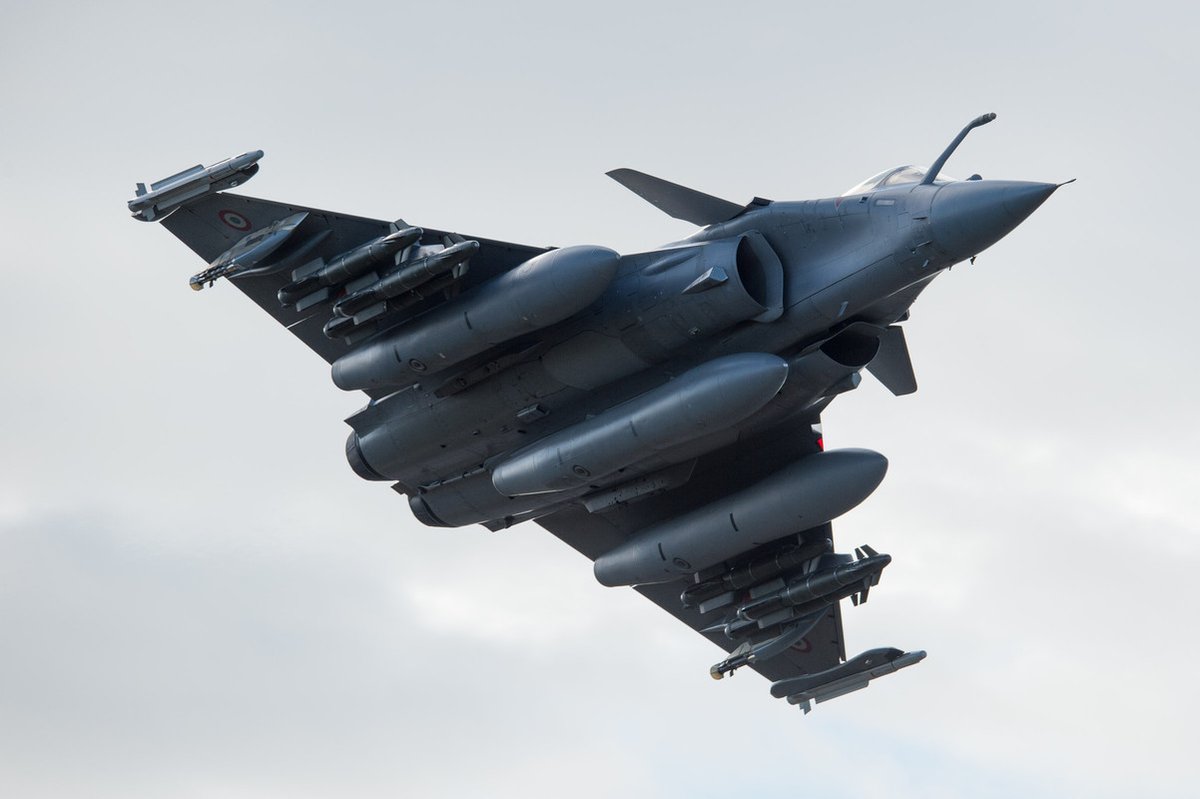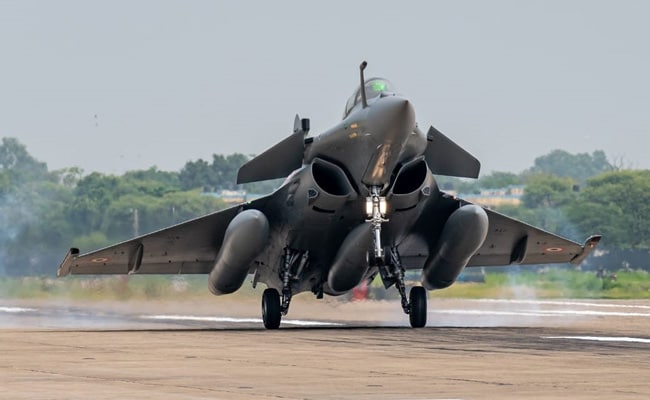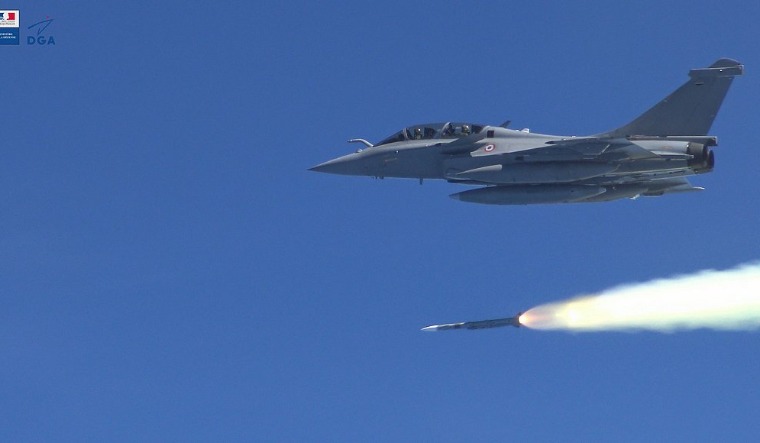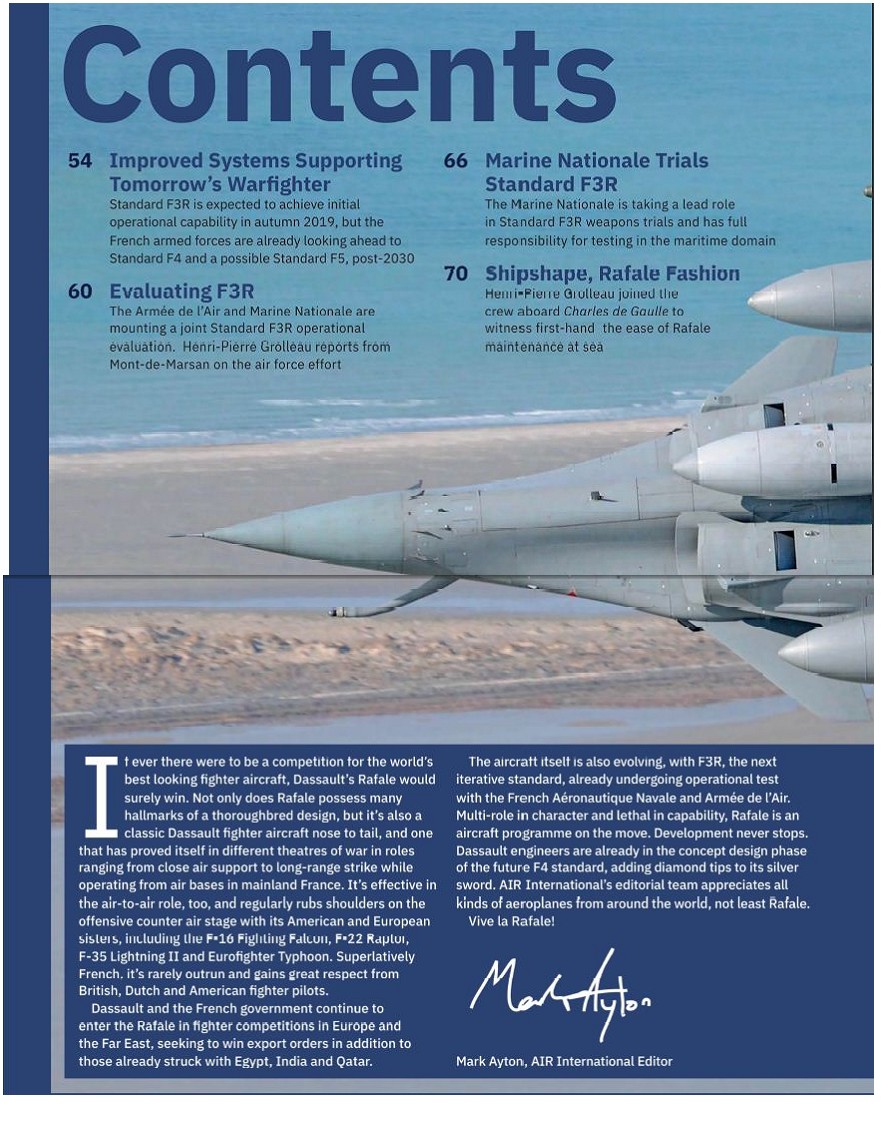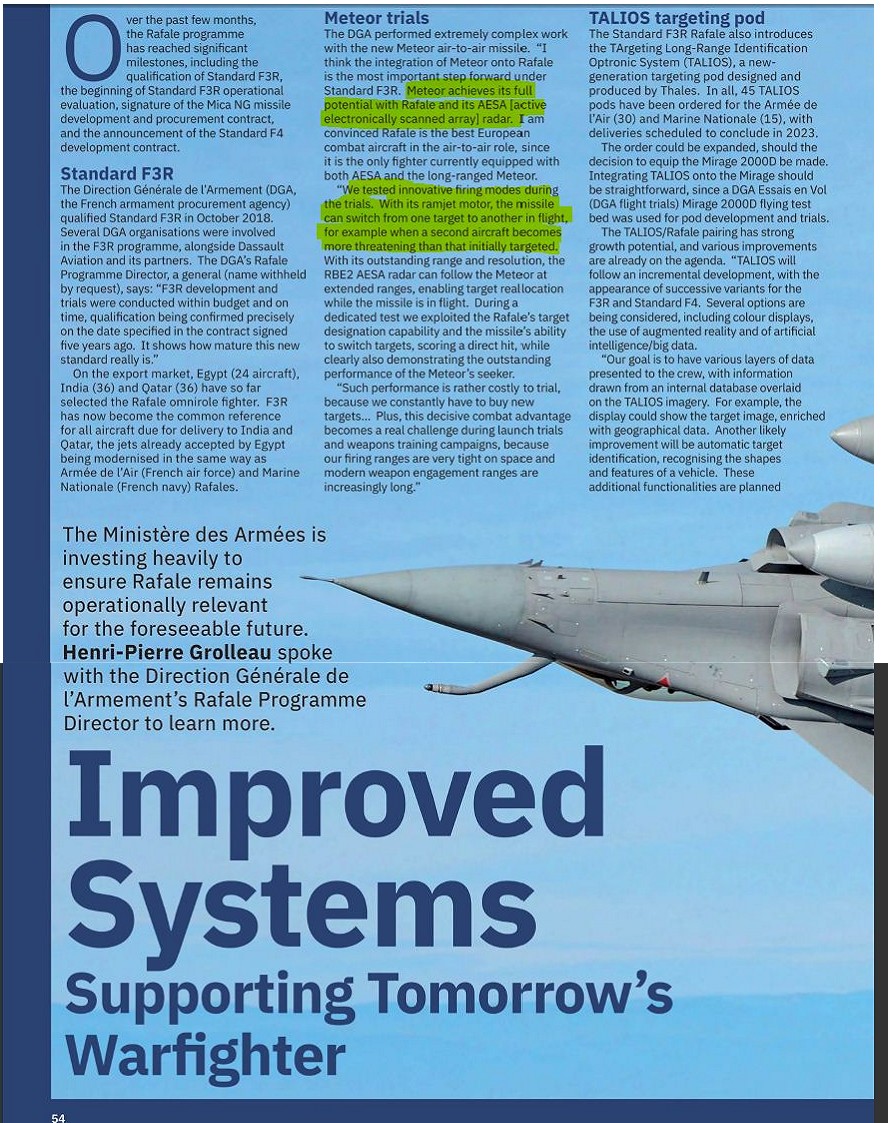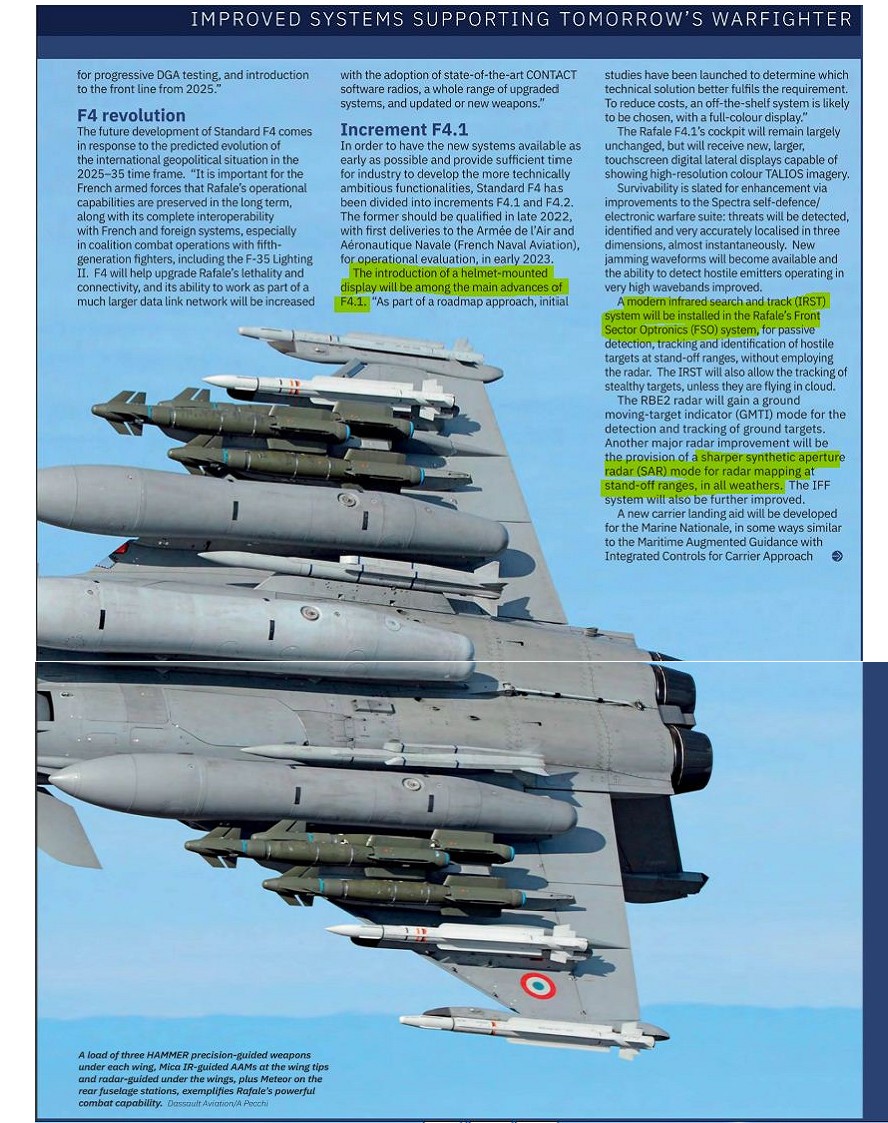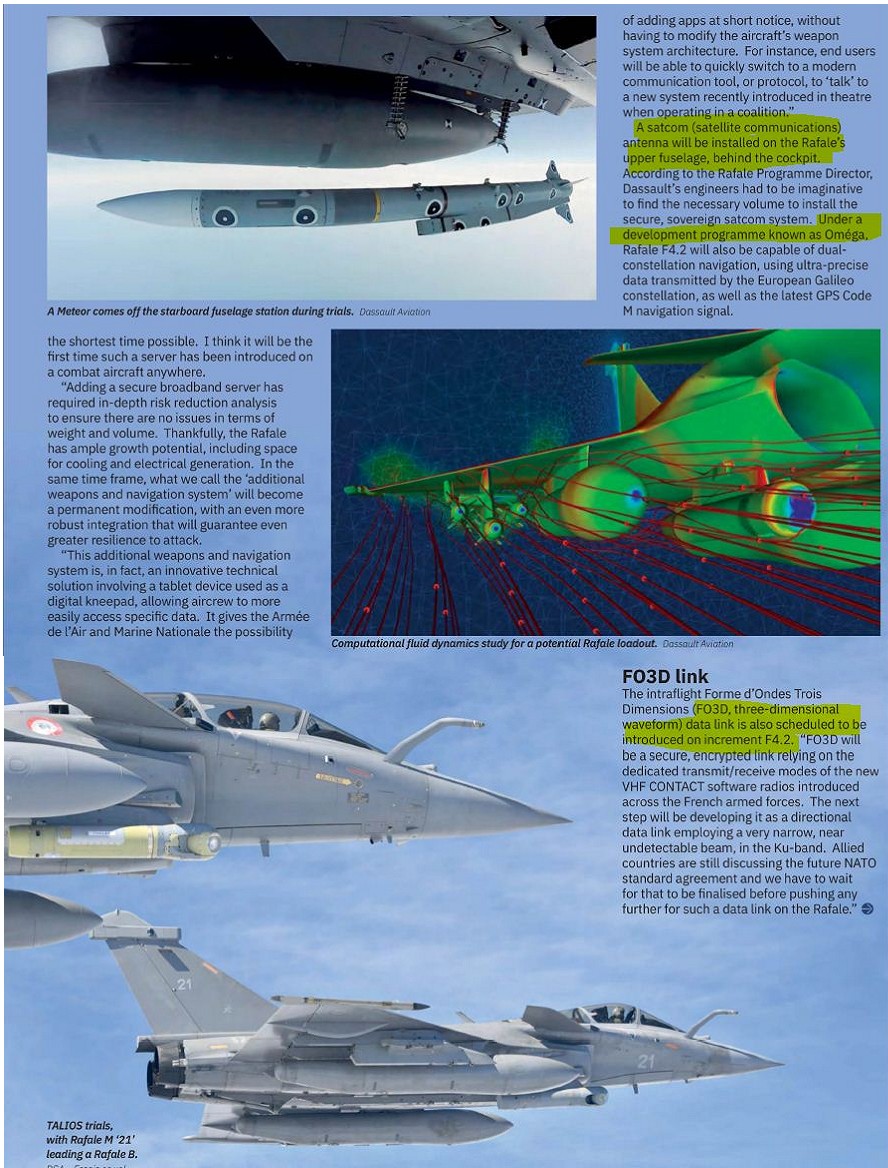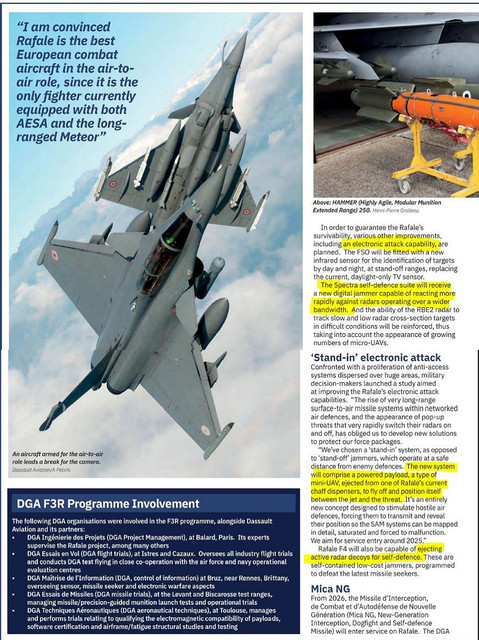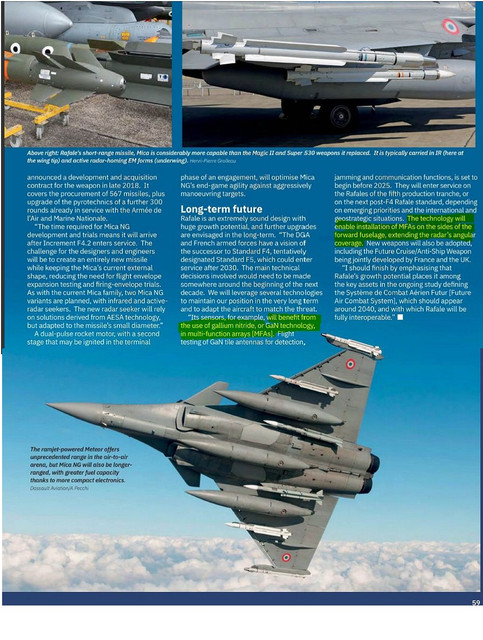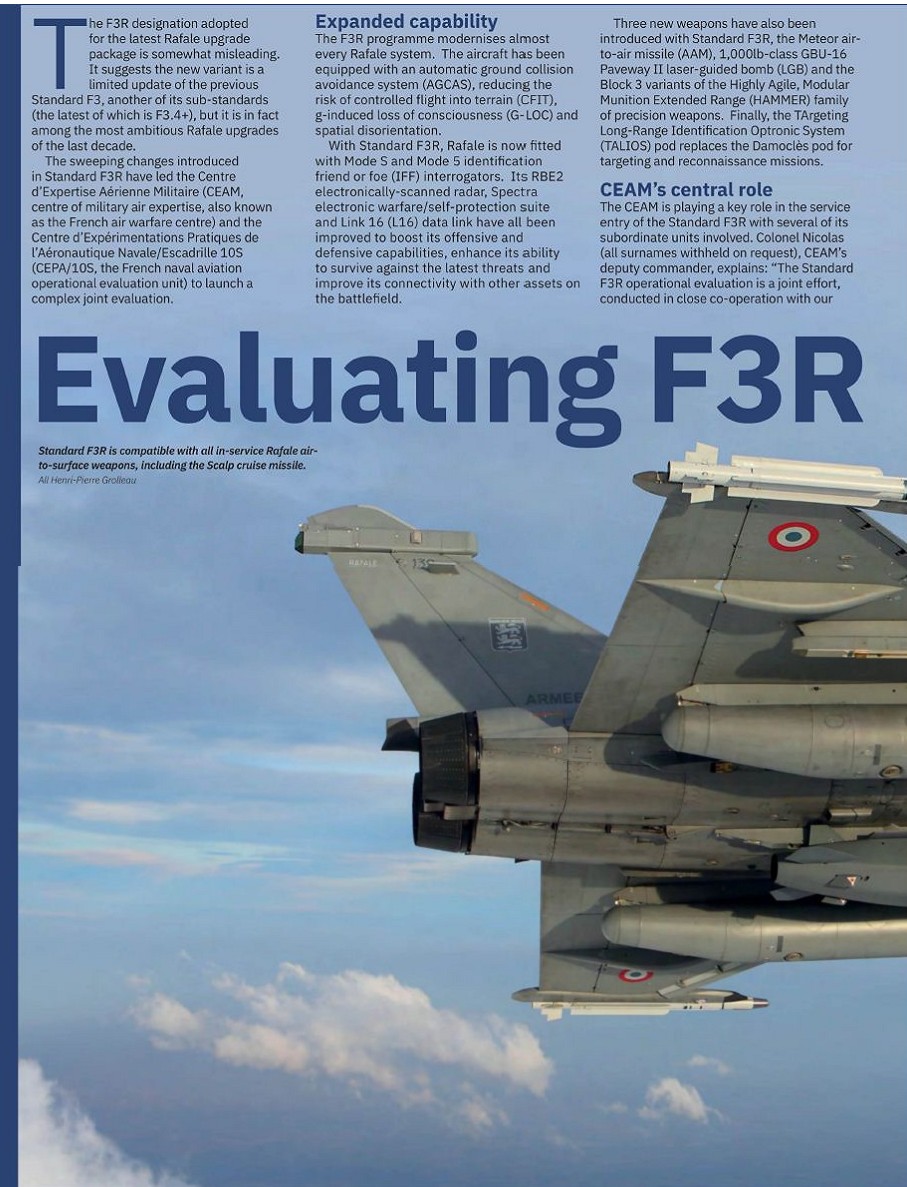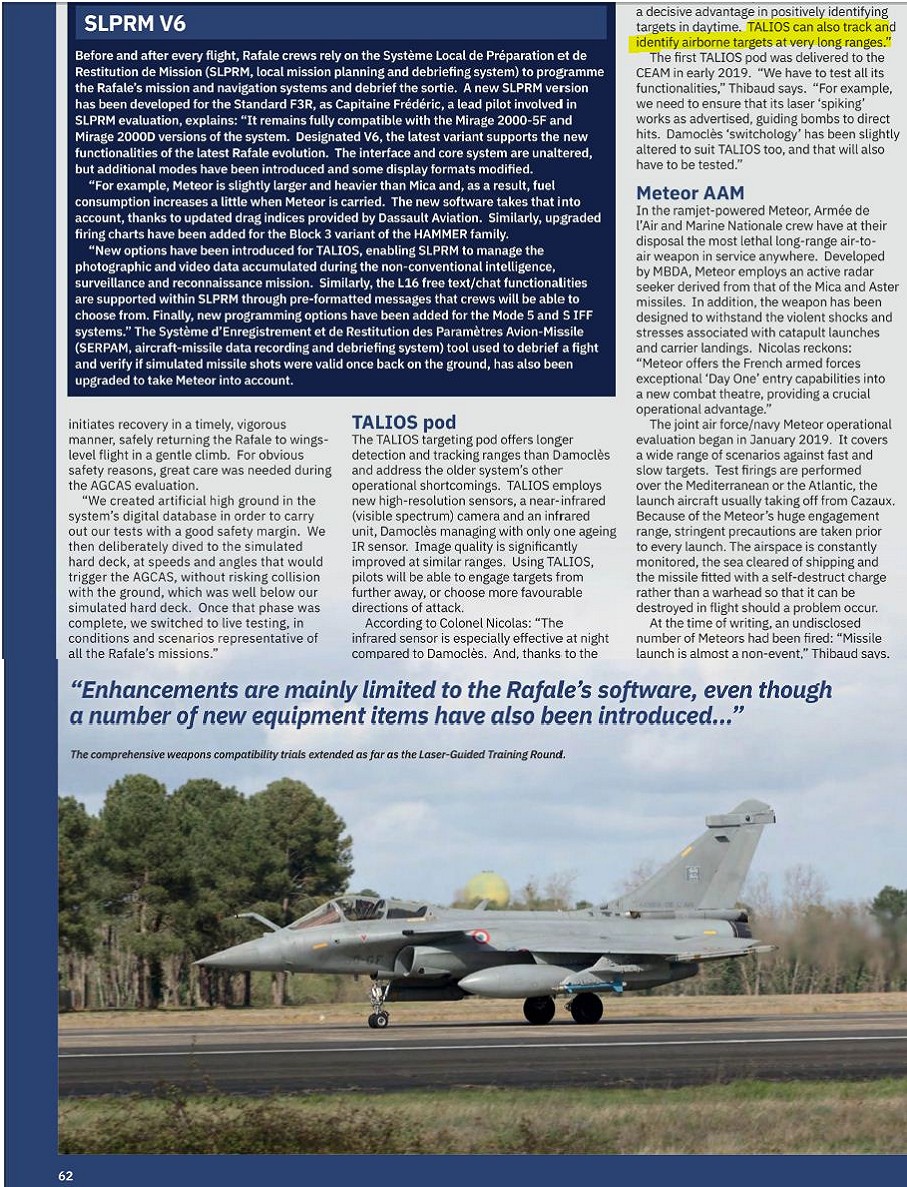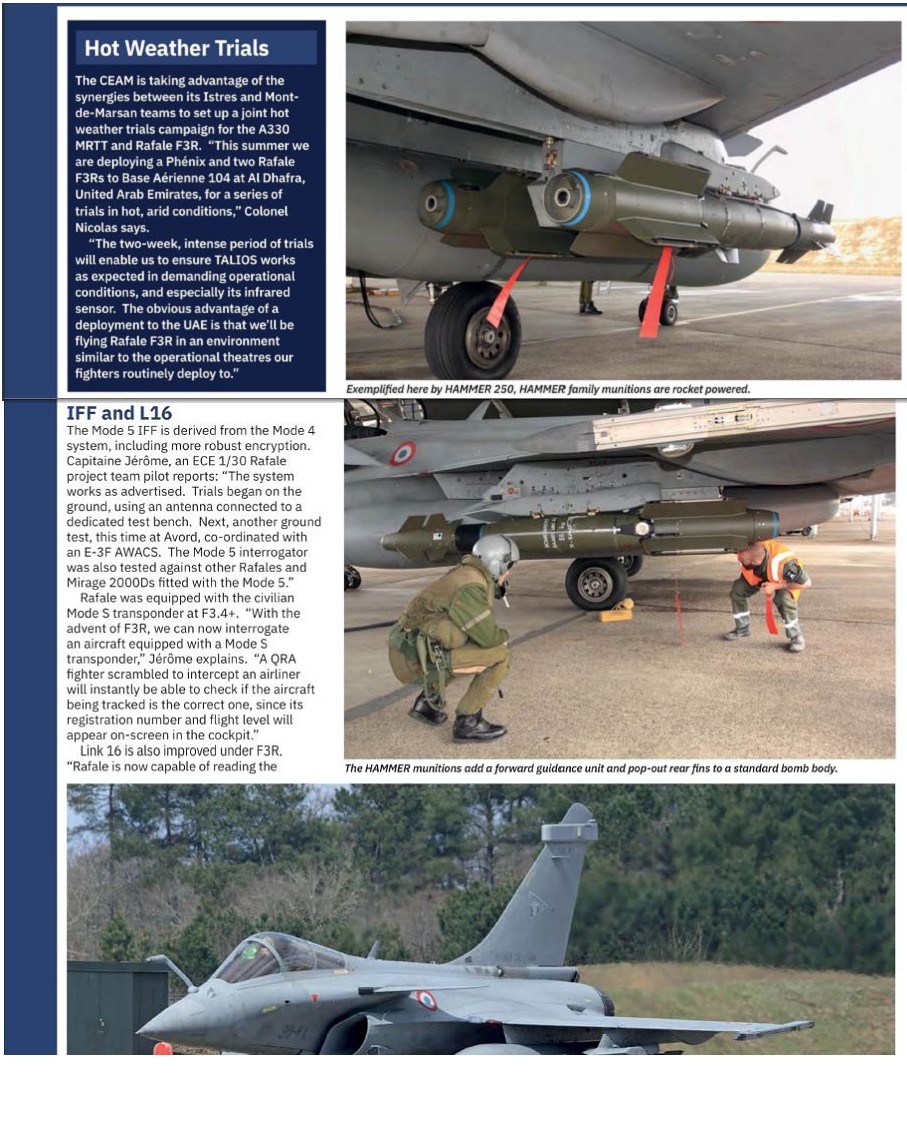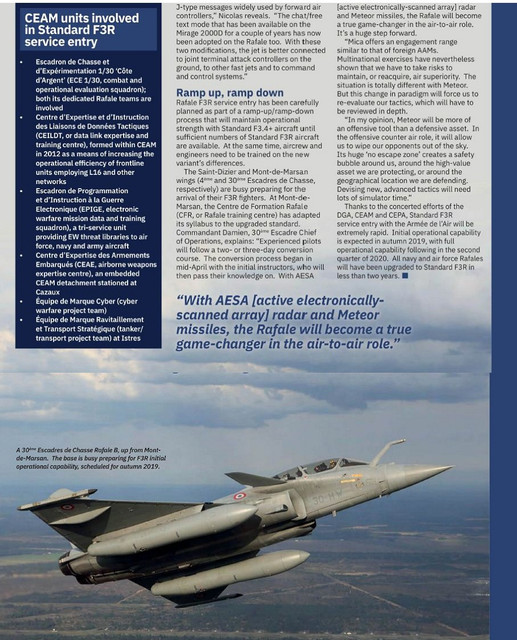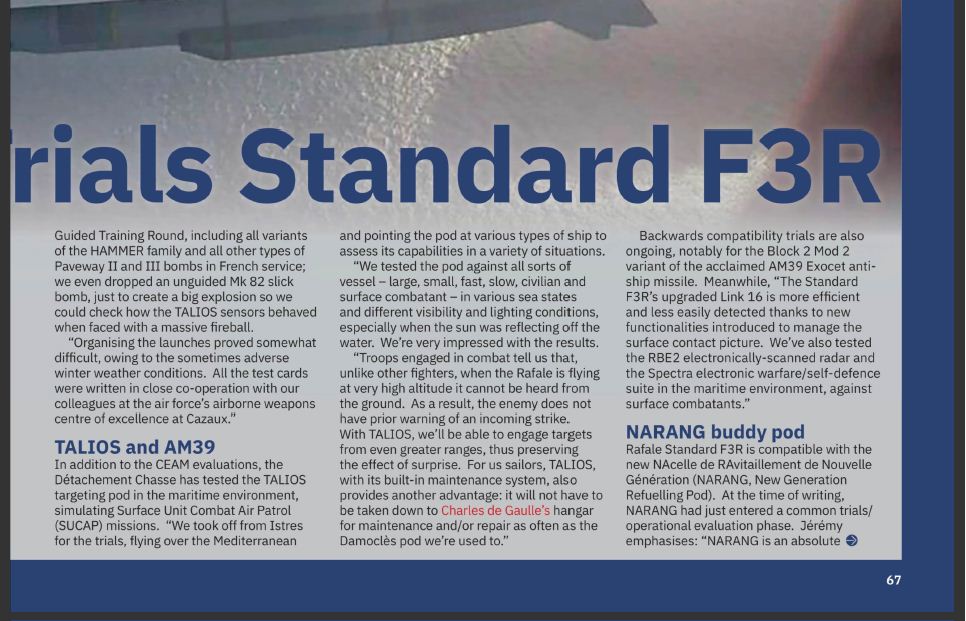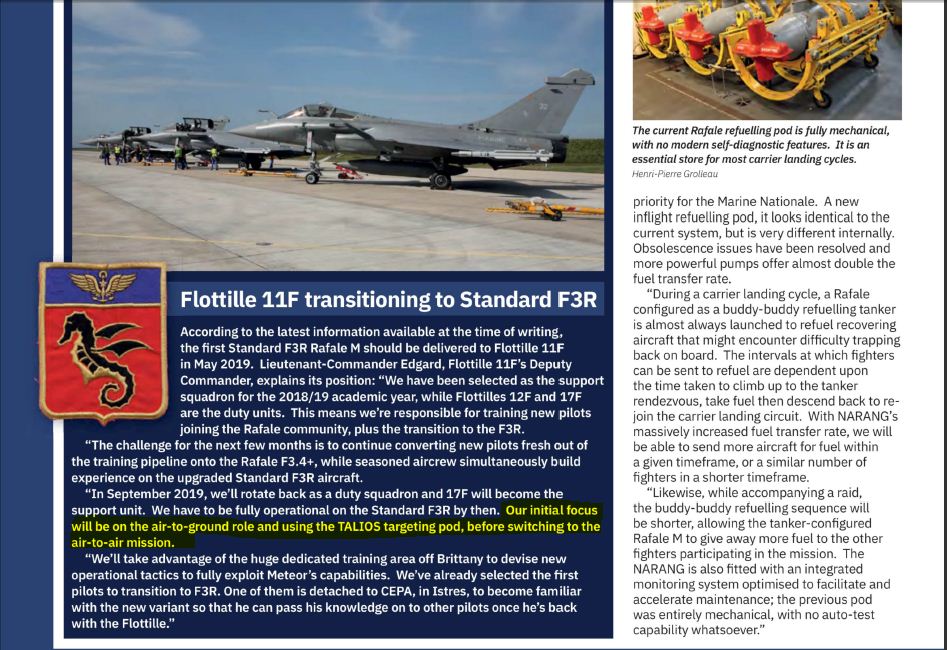Why IAF is counting on 1 missile on the Rafale fighter to counter China
Media reports claim delivery of the Meteor missile has already started
Web Desk June 30, 2020 16:44 IST
A Rafale fighter test-firing a Meteor missile | Twitter handle of MBDA
Multiple media agencies have reported in recent days that France has agreed to send "additional" Rafale jets to India even as the first couple of aircraft ordered by the Indian Air Force touch down on July 27.
PTI reported on Monday that at least six Rafale jets will arrive in July.
The Print on Monday reported that consignments of weaponry for the Rafale have already begun arriving in India following a request from the Indian Air Force.
The Print noted that "These missiles include the beyond-visual range (BVR) air-to-air missile, Meteor, which has the capability to hit targets over 120 km away..."
The Meteor is a radar-guided air-to-air missile like the US-made AIM-120 AMRAAM, which was fired by Pakistani F-16s in the aerial skirmish with India in February last year. At the time, it was reported the Indian Air Force lacked an air-to-air missile that could match the AMRAAM, which is believed to have a range of around 100km.
The common perception is that the Meteor's capability is linked to its long range, which is estimated to be well over 120km. However, this is not the only reason why the Meteor is unique. The US Navy developed an air-to-air missile called the AIM-154 'Phoenix' in the 1960s, which had a range of close to 200km. The Phoenix would become the primary armament of the iconic F-14 Tomcat fighter, the aircraft that featured in the movie
Top Gun. However, the Phoenix missile weighed nearly 500kg, which meant it never served on any other aircraft until its retirement at the turn of the century.
The Soviet Union and Russia developed long-range, radar-guided air-to-air missiles like the R-33 and R-37, both of which were carried on the MiG-31 Foxhound interceptor and had ranges varying from 150km to 300km. These Russian weapons, like the Phoenix, were bulky and were not carried by smaller fighters. The Phoenix, R-33 and R-37 were primarily meant to shoot down bombers and surveillance aircraft.
The Meteor missile was developed by a consortium of six European nations: UK, Germany, Italy, France, Spain and Sweden. The project that resulted in the Meteor missile began in the 1990s and was primarily driven by the need to counter the then new generation of highly-agile Russian fighter jets like the MiG-29 and Sukhoi Su-27. The Sukhoi Su-27 is the design from which the Indian Air Force's Su-30MKI fighter is derived. The Su-27 and Su-30 fighters were purchased from Russia by China in the 1990s and the Su-27 has also been adapted into multiple local versions such as the J-11 and J-16. According to media reports, China operates at least 500 units of the Su-27 and its local derivatives.
The Meteor missile's USP is not its range, but its unique propulsion system. The Phoenix, R-33 and AMRAAM all have rocket engines. In such air-to-air missiles, the rocket engine delivers a uniform amount of thrust over certain duration of flight after which the motor burns out. The missile then 'coasts', or glides at high speed, to its target, which it tracks through radar. US defence website
The Drive explains the longer the distance a rocket-powered missile has to travel to its target, "the less energy the missile will have for its critical terminal phase of flight, and that is not a good thing". As an air-to-air missile approaches, a target aircraft will engage in steep manoeuvring and deploy countermeasures to confuse the incoming missile.
Interestingly, Su-30MKI fighters of the Indian Air Force were able to dodge the AMRAAM missiles fired by Pakistan’s F-16s last February.
The Meteor missile has a miniature supersonic jet engine, called a ramjet. Explaining the aerodynamic advantage of the Meteor,
The Drive notes, "Instead of burning off all its fuel right after launch, it [Meteor] can throttle its engine back during cruise, thus saving fuel. As it approaches its target it can throttle up, eventually making its terminal attack while at its highest possible energy state, around mach 4.5, even when fired over long ranges." This helps the Meteor missile engage rapidly manoeuvring targets like China's Su-30 and J-11 jets.
MBDA, the pan-European consortium that builds the Meteor, claims the weapon has the "largest no-escape zone of any air-to-air missile". No-escape zone is the zone in which an aircraft cannot rely on mere agility to evade a incoming missile.
Former Indian Air Force chief A.Y. Tipnis estimates the NEZ of the Meteor "is thrice that of the current AIM-120 AMRAAM missile". A major advantage of the Meteor is that its relatively low weight of 190kg means a single Rafale can carry four or more missiles at a time.
The Meteor first entered service with the Swedish Air Force's fleet of Gripen fighters in 2016 and is being adopted by France for its Rafale fleet and by nations using the Eurofighter jets. The Meteor is also integrated on the US F-35 Lightning stealth fighter. Both Russia and China have been reported to be pursuing research into air-to-air missiles powered by ramjet engines. However, there is little evidence to suggest these countries have inducted such weapons yet.
In 2019, Chinese state-run media reported the country's air force had begun deploying a new air-to-air missile on its fleet of J-11 fighters. The weapon,
called the PL-15, is estimated to have a range over 200km. The PL-15 employs a rocket motor. Military experts in China and overseas have claimed the primary role of the PL-15 may be to destroy ‘high-value’ targets such as airborne early-warning aircraft and aerial refuelling aircraft.
In a recent research paper, retired Indian Air Force air vice marshal Arjun Subramanian estimated China could have around 1,000
fourth-generation fighter aircraft by 2050. The majority of these are expected to be derivatives of the Su-27 fighter. Hence, the Indian Air Force would be counting on the Meteor missile to retain its tenuous edge in the event of conflict with China.
https://www.theweek.in/news/india/2...ssile-on-rafale-fighter-to-counter-china.html




















